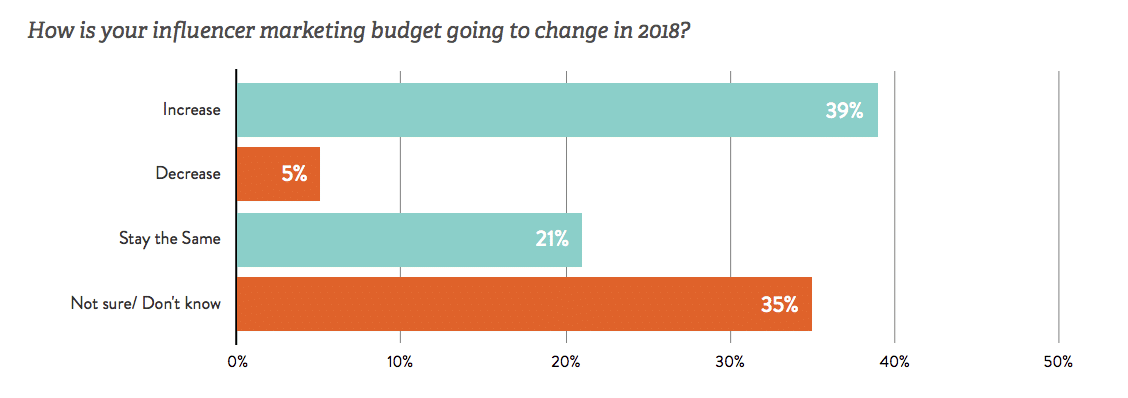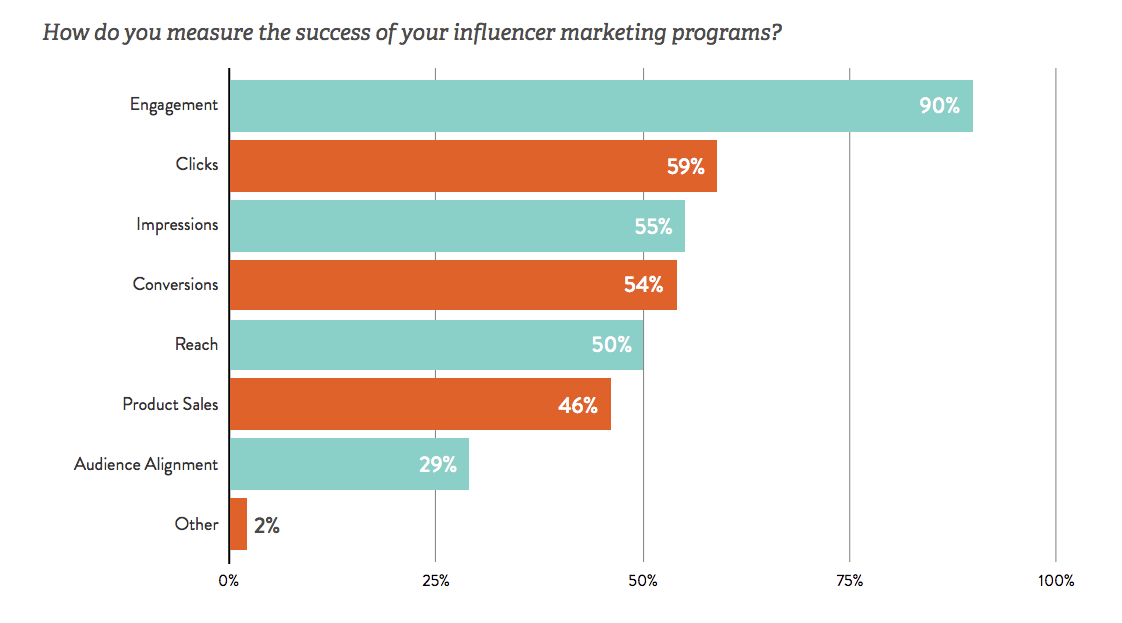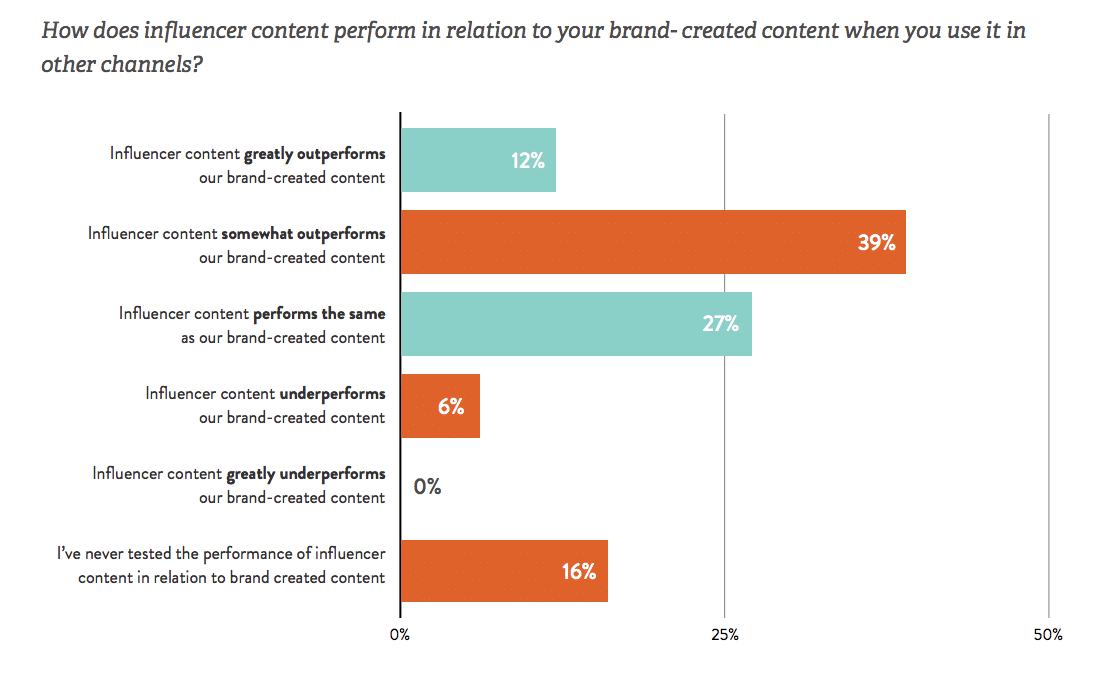On the heels of a meteoric ascension to the top of communicators’ priority lists this year, influencer marketing is projected to continue gaining strength in 2018—and may get notched above brand-generated content on that list next year.
New research from performance content marketing tech firm Linqia reveals 86 percent of marketers used influencer marketing in 2017, 92 percent of whom found it to be effective—and 39 percent of marketers plan to increase their influencer marketing budgets in 2018, with only 5 percent planning to decrease their influencer marketing budgets.
The continued widespread adoption of influencer marketing indicates that the channel is becoming an integral part of the marketing mix and is not a passing fad, according to the firm’s new report, The State of Influencer Marketing 2018, a survey of 181 marketers on how brands and agencies are using influencer marketing and how they plan to leverage the channel in 2018.
Other findings show that 30 percent of marketers will spend between $25K-$50K per program, with 25 percent reporting they will spend between $50K-$100K per program in 2018. In addition, 46 percent of marketers run between 2-5 programs per year per brand, and 31 percent run more than five programs per year per brand, with enterprises typically holding portfolios of dozens of brands.
When asked which influencer marketing trends they plan to adopt in 2018, 52 percent of marketers cited running influencer marketing programs that leverage multiple types of influencers (celebrities, top-tier, micro-influencers) as part of an integrated strategy. 44 percent plan to use influencer content to improve the performance of other digital channels and 36 percent of marketers plan to integrate influencer content with e-commerce to drive product sales.
“The key to realizing influencer marketing ROI is to leverage the content beyond the initial campaign to improve the performance of other programs,” says Nader Alizadeh, CEO and co-founder of Linqia, in a news release. “Our survey found that 81 percent of marketers are using influencer content in other channels, with 51 percent reporting that it outperforms brand-created content. Of those that haven’t tested influencer content against brand created content yet, 59 percent plan to do so. In 2018, you will start to see marketers use influencer marketing to develop a strategic blueprint that will enable them to drive greater returns from their paid, owned, and earned media.”
Additional findings from the survey include:
- 76 percent of marketers cite determining influencer marketing ROI as their top challenge. Following Facebook’s recent move into branded content, 42 percent of marketers ranked changing social network algorithms as their second biggest challenge in 2018.
- 46 percent of marketers are using product sales to measure the success of influencer marketing, a notable jump from just 34 percent last year.
- 92 percent of marketers cite Instagram as the most important social network for influencer marketing in 2018, followed by Facebook (77 percent). At 71 percent, blogs are a close third, up from 48 percent last year.
- 50 percent of marketers report that Snapchat will be the least important social network for influencer marketing in 2018, in line with recent news about influencers leaving the platform in favor of Instagram Stories.
- 71 percent of marketers say they are up-to-date with the current FTC Endorsement Guides, up from 55 percent last year, indicating that marketers are taking the guidelines more seriously.
- 41 percent of marketers partner with a managed service or “turn-key” provider to run their influencer marketing programs. 19 percent manage their influencer marketing programs in-house and 18 percent rely on their agencies. 14 percent use a mix of providers while only 7 percent choose to manage their influencer marketing programs with self-service platform.
181 marketers and their agencies participated in The State of Influencer Marketing Survey 2018 in November 2017 across a variety of industries, including CPG, Food & Beverage, Media, and Retail.






